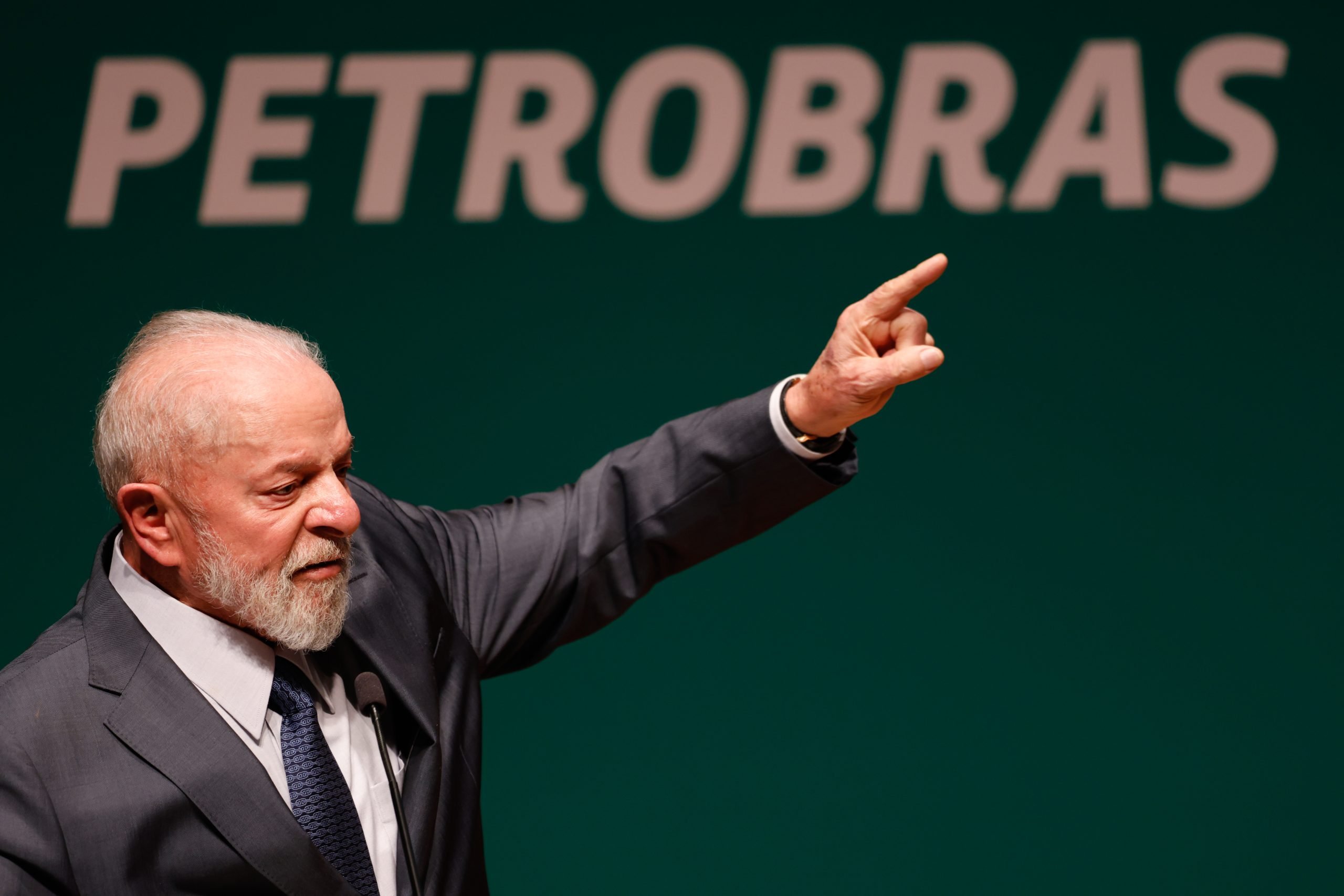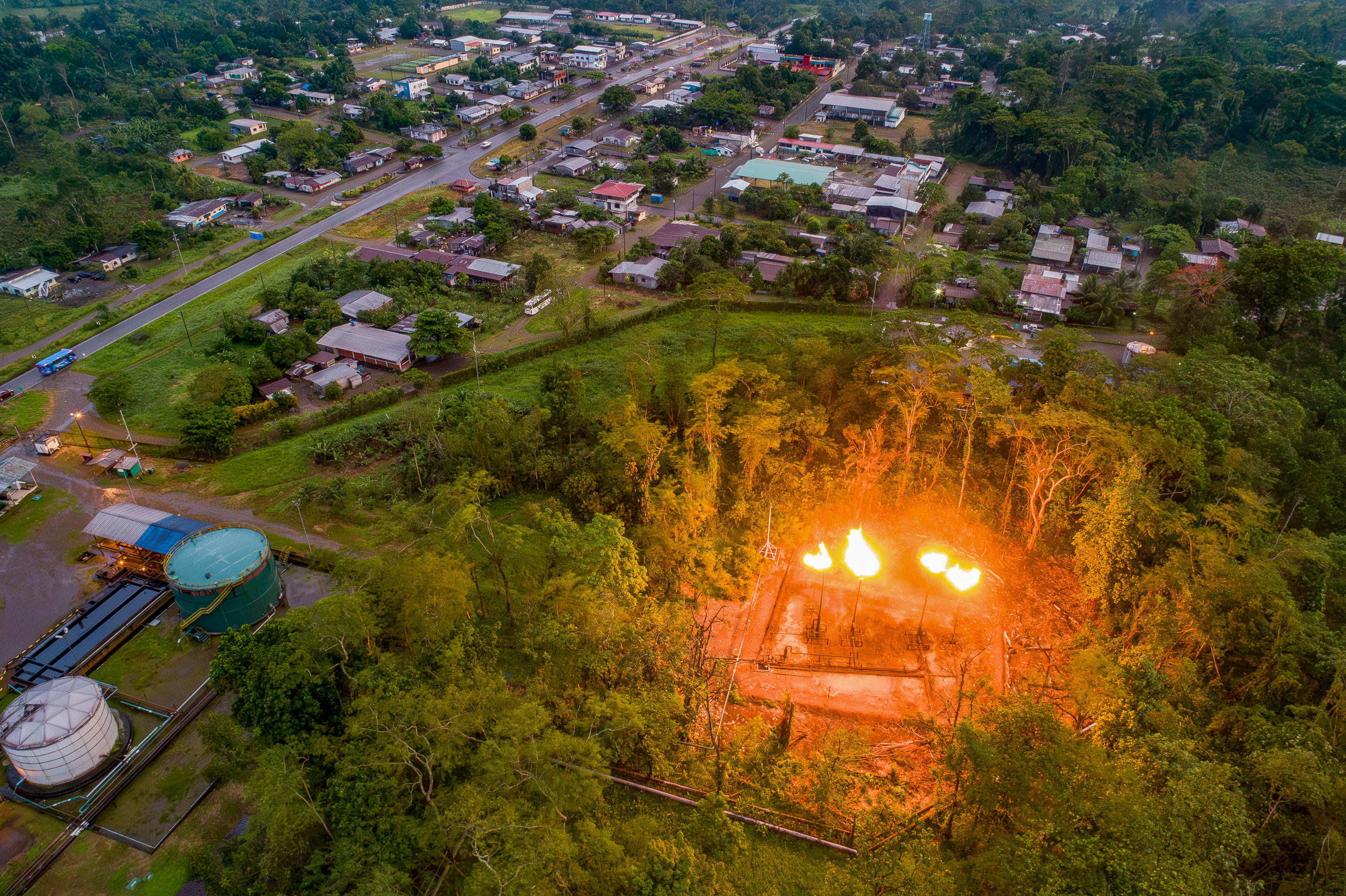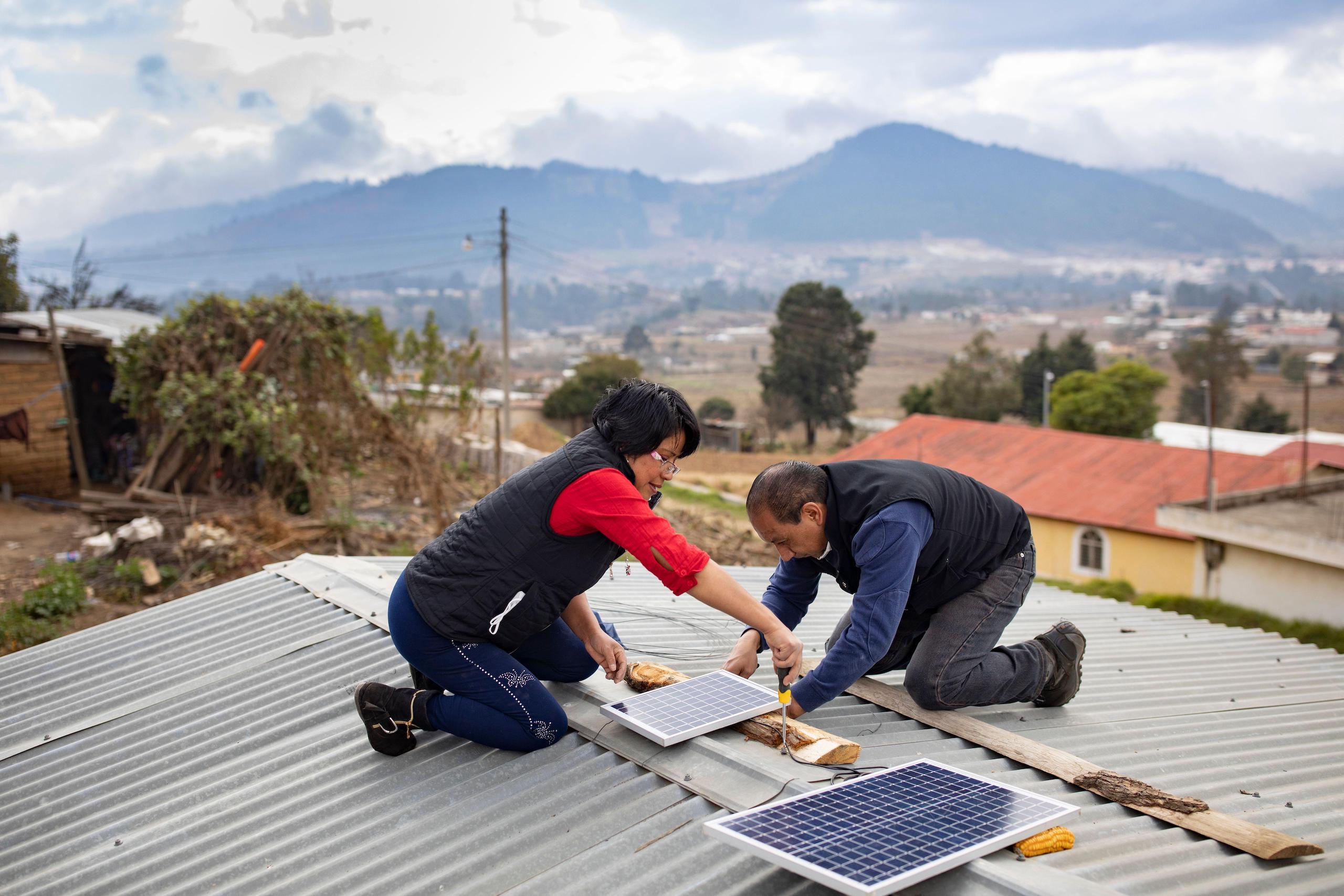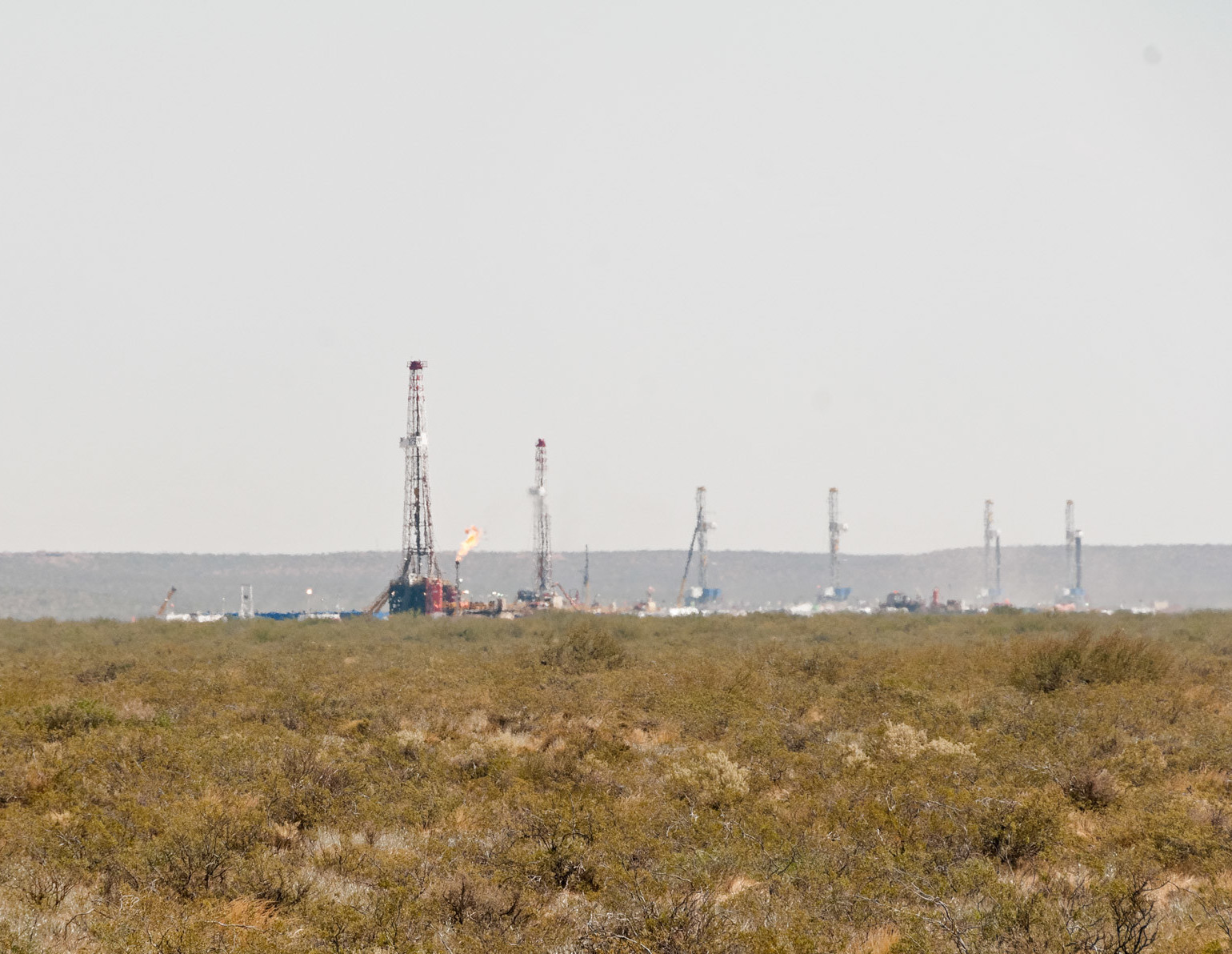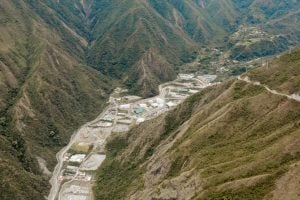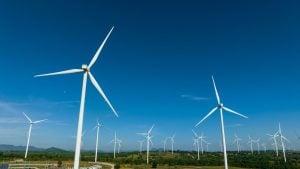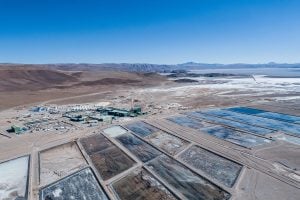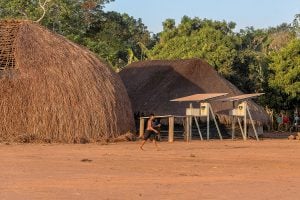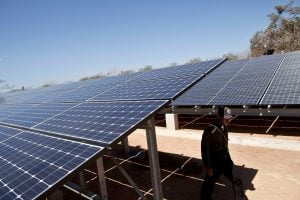In recent years, Latin America has taken strides forward in scaling up renewable energy sources such as solar and wind, building on its bedrock of hydropower that has already equipped the region with some of the world’s cleanest electricity systems.
In Brazil, the past two years have seen solar power additions charge ahead at a rate of roughly 1 gigawatt per month. To the south, Chile has sought to harness its unique geography to expand wind and solar power, set a deadline to end its coal power, and taken the lead on emerging technologies such as green hydrogen and battery storage. Uruguay, meanwhile, has mostly eliminated fossil fuels from its electricity supply in the past decade, largely thanks to a growth in wind power. Renewables accounted for nearly 90% of generation in 2023, and have reached shares of 99% in previous years.
But huge hurdles remain for Latin American nations to decarbonise across the energy sector, particularly in areas such as transport and industry. With several countries dependent on fossil fuels not only for their energy security, but also as a key source of exports and jobs, the transition is not just a question of environment – it is a thorny economic problem.
In Colombia, for example, President Gustavo Petro has emerged as an outspoken voice in the global calls for a phase-out of fossil fuels, and promoted action at home. But his country’s economy currently still relies heavily on oil and coal extraction: in 2022, these activities accounted for 55% of its goods exports and roughly 6% of GDP.
Neighbouring Ecuador faces a similar quandary – crude oil represented 27% of its exports by value in 2022 – while in Venezuela, oil still brings in nearly 60% of the national budget, despite a decade of crisis and a collapse in its output.
Even for Brazil, where President Lula da Silva has also pitched his credentials as a global green leader, oil represented over 16% of exports in 2022 and brought in USD 56 billion. Its plans to continue expanding production are a subject of fervent debate.
Against a forecast of falling global demand for fossil fuels in the coming decades, the energy transition and a post-fossil fuel economy pose serious questions for such nations. Dialogue Earth spoke with four experts on energy and environment from across the region, to hear perspectives on the scale of this challenge, the potential activities that may offer an economic model, and the road ahead.
Carlos Nobre
Earth system scientist and meteorologist, including for the Brazilian National Institute for Space Research (INPE)
We see discussions about the energy transition progressing in Latin America but many fossil fuel companies, such as [Brazilian state-owned] Petrobras, are very powerful and are blocking any progress. This is even though solar energy, for example, is already creating more jobs than fossil fuels and it’s cheaper. The energy transition should then be faster. But fossil fuel companies want to maintain the status quo, now with carbon dioxide removal, which is still very expensive and remains under a question mark. The potential of solar, wind and green hydrogen is so large that there’s no need for that.
Demand for hydrogen is increasing because it does not produce greenhouse gases when burned.
⚪️ However, fossil fuels are typically used to produce the hydrogen in the first place. This is known as “grey” hydrogen.
🔵 “Blue” hydrogen is also produced using fossil fuels but alongside carbon capture and storage technology, which stops the resulting greenhouse gas emissions from reaching the atmosphere.
🟢 Hydrogen can only be classified as “green” if it was produced entirely using renewable energy.
We are also frequently discussing a new economy for Brazil and other Amazon countries. Agroforestry systems, for example, make more profits and hire more workers than cattle or soy industries. Overall, it’s much better for the economy. You can improve the livelihoods of millions of people. The big challenge is how to make global markets for these forest products. Only a small percentage of Brazil’s GDP comes from biodiversity. Improving the markets for these biodiversity-based products could bring more profits, hire more people and maintain the forest. We have used more than 7,000 products of global biodiversity in our history as humans but now have a diet concentrated on only a few animal and grain products. These industries are economically potent, and [it seems] we don’t want to develop a bioeconomy with hundreds of products.
Isabel Cavelier
Co-founder of Mundo Común, an environmental NGO based in Colombia
To make the transition to a post-carbon economy in Latin America, the first thing to understand is that the economy has to distribute much better. Today, wealth is concentrated and this means that we are stuck in the fiction that we always need more growth and energy demand, and therefore emissions. While degrowth may be possible for some Latin American countries, the main thing is to understand that we have to redistribute the resources and energy we use better.
The transition will naturally require replacing the use of primary energy, not only electricity, from fossil fuels to other less harmful sources. The longer we delay, the more costly it will be, and it will require unpopular decisions. Stopping fossil fuel subsidies, for example, has a direct impact on people’s pockets. It will require a great deal of political will from leaders willing to lose their political capital in exchange for making unpopular but necessary decisions to achieve this transition.
We will also need to invest the resources we have not only in our short-term socio-economic wellbeing – which is what we tend to do because we have many needs in our region – but also in other sectors that can provide us with income that is not tied to fossil fuels. While it sounds good in discourse, in practice it is complex because there are no sectors of the economy that manage to provide the same level of utility. That is why such decisions will be controversial and unpopular.
Finally, the most important thing will be the will of the citizens. We have to redefine what welfare is, which is not necessarily consuming more and more energy-intensive resources. We have to find other ways to achieve personal or collective wellbeing that are not tied to more and more energy. The transition will not work if we do not change the way we understand wellbeing.
Juan José Guzmán
Economist, and adviser on adaptation finance and policy at the Atlantic Council
There are three levels to this discussion. The first is more philosophical about the role of the economy, the second is about defining the problem, and the third is how.
First, we do not live in a capitalist system. The idea that many people retort is that we live in a market that has been liberalised since the 1980s. But if you look in detail you see liberalisation for some and not for others. The United States and the European Union recommend, through their role in the International Monetary Fund, fiscal cuts, and that translates into austerity in our countries. But when you look at their economies, they don’t follow that recipe. This is not capitalism: it is intervention to benefit a few.
Secondly, it is questioned that capitalism got us where we are. This is partly true but partly not, because we [in Latin America] have not lived under capitalism. The economic transition starts from making a real capitalism that is not a wild capitalism but a capitalism that uses the market to achieve social goals. This includes beginning to understand that many transitions are needed, such as state, private and political. We have a development model in Latin America where we export coal and carbon, and that requires an export transition. We are addicted to what we already have: it is easy to produce oil, soy and meat on a large scale and at little cost. But the alternatives exist and allow us to address the risks of going out of business, especially in coal, and of continuing to increase emissions.
Finally, there is the “how” of making the transition. It is very difficult because you are telling whole sectors that have been around for decades that suddenly they can’t be there anymore, or that they have to continue with less attractive conditions. Part of the answer lies in not subsidising risk. When there is a disaster in our countries, the state comes in to pay for the damage. This gives people a free pass so that they are not motivated to transition to resilience. Transition discussions are not happening on a broad level, and when they do happen, they are done in an emergency mode. Like when the coal unions make demands because the mines are closing, and the government becomes more reactive. It is not a management of prevention.
Paola Yanguas Parra
Policy adviser on energy at the International Institute for Sustainable Development (IISD)
South America’s significant hydropower capacity and rapidly growing wind and solar generation make the region a leader in clean electricity. However, many countries rely on selling coal, oil and gas to finance public spending, and to heavily subsidise these fuels domestically. This revenue model is increasingly risky since the world’s governments agreed at the COP28 climate talks to transition away from fossil fuels in energy systems.
Science shows there is no room for new oil and gas under a 1.5C global warming limit. Investments in frontier projects like Guyana’s oil and Argentina’s Vaca Muerta gas deposit are at risk of becoming stranded as the global clean energy transition accelerates. Yet the short-term incentives to cash in on resource rents are tempting for politicians seeking to fund electoral promises. An alternative development vision is needed.
To create a post-fossil fuel economy in South America, governments can harness their comparative advantage in renewables. Wind and solar can both electrify domestic sectors like transport and build alternative export industries. Brazil, Argentina, Colombia and Chile have some of the world’s lowest production costs for green hydrogen and ammonia, which are increasingly in demand to decarbonise heavy industries globally.
There may also be opportunities in producing critical minerals that will be needed for the clean energy transition, such as copper, nickel, lithium, and rare earth elements. Extreme caution is needed to prevent the social and environmental harms commonly associated with extractive industries in the region. Governments should cooperate to set strict regulatory standards and avoid a race to the bottom, and to learn from each other in areas like economic diversification.
Finally, the region will need substantial public and private finance for this transformation. Most countries in the region are perceived as high risk for investors, with high debt levels and low credit scores. The international community must find ways to support, not penalise, moves away from fossil fuel dependence and the economic transition it implies.
